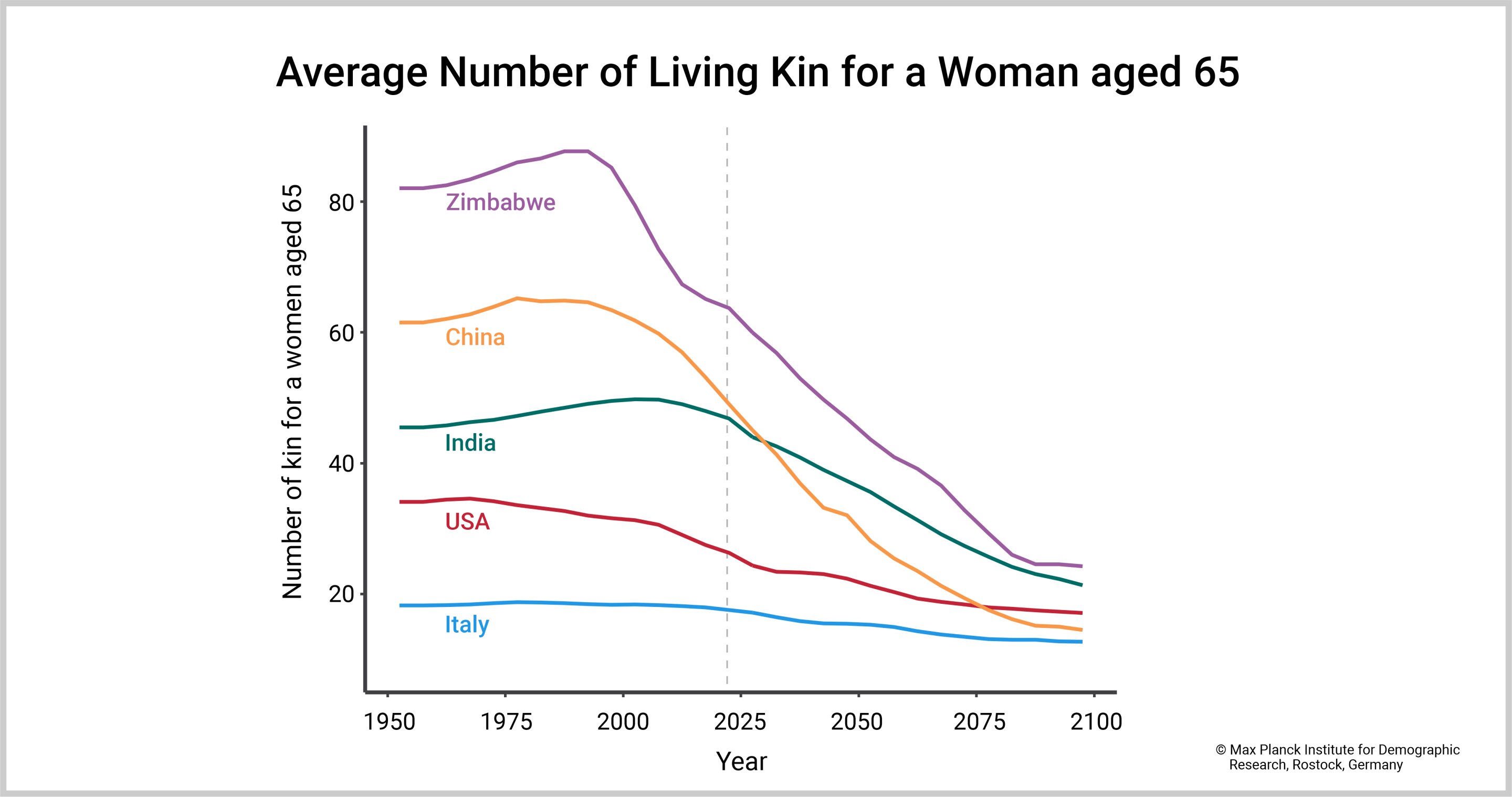The number of relatives that an individual has is expected to decrease by more than 35% in the near future. At the same time, the structure of families will change. The number of cousins, nieces, nephews and grandchildren will decline sharply, while the number of great-grandparents and grandparents will increase significantly. In 1950, a 65-year-old woman had an average of 41 living relatives. By 2095, a woman of the same age will have an average of only 25 living relatives.
Diego Alburez-Gutierrez is head of the Research Group Kinship Inequalities at the Max Planck Institute for Demographic Research (MPIDR) in Rostock. Together with Ivan Williams of the University of Buenos Aires and Hal Caswell of the University of Amsterdam, he recently published a study projecting the evolution of human kinship relationships worldwide.
The work is published in the Proceedings of the National Academy of Sciences.
Babies? In THIS economy?
But jokes aside, I wonder how this would stack up against pre-Industrialized society, what with the high infant/child mortality. And at least Catholics let women fuck off to the nunnery if the whole maternity thing didn’t appeal to them. One way that medieval Catholics were weirdly more progressive than most flavors of Protestants.



